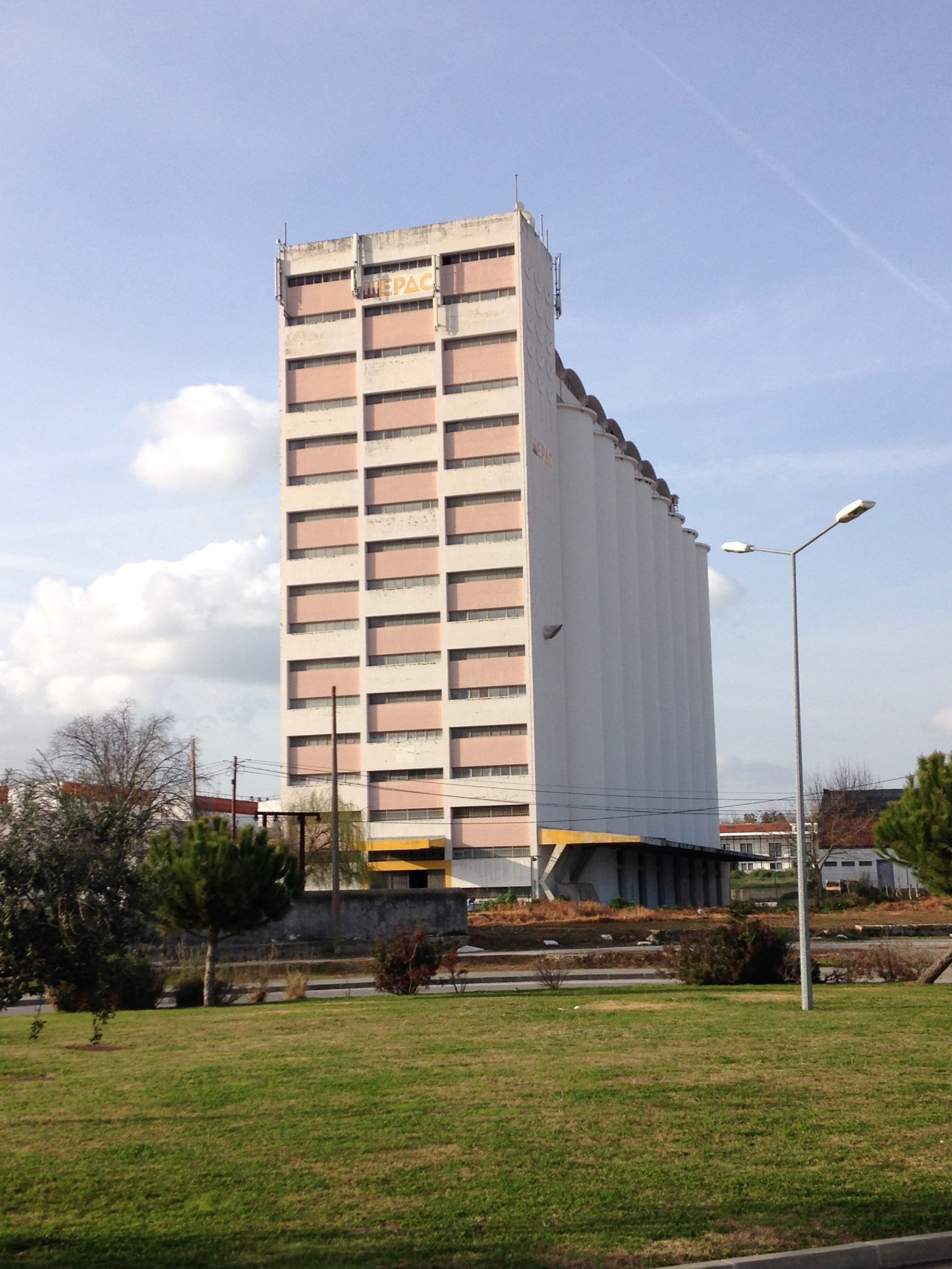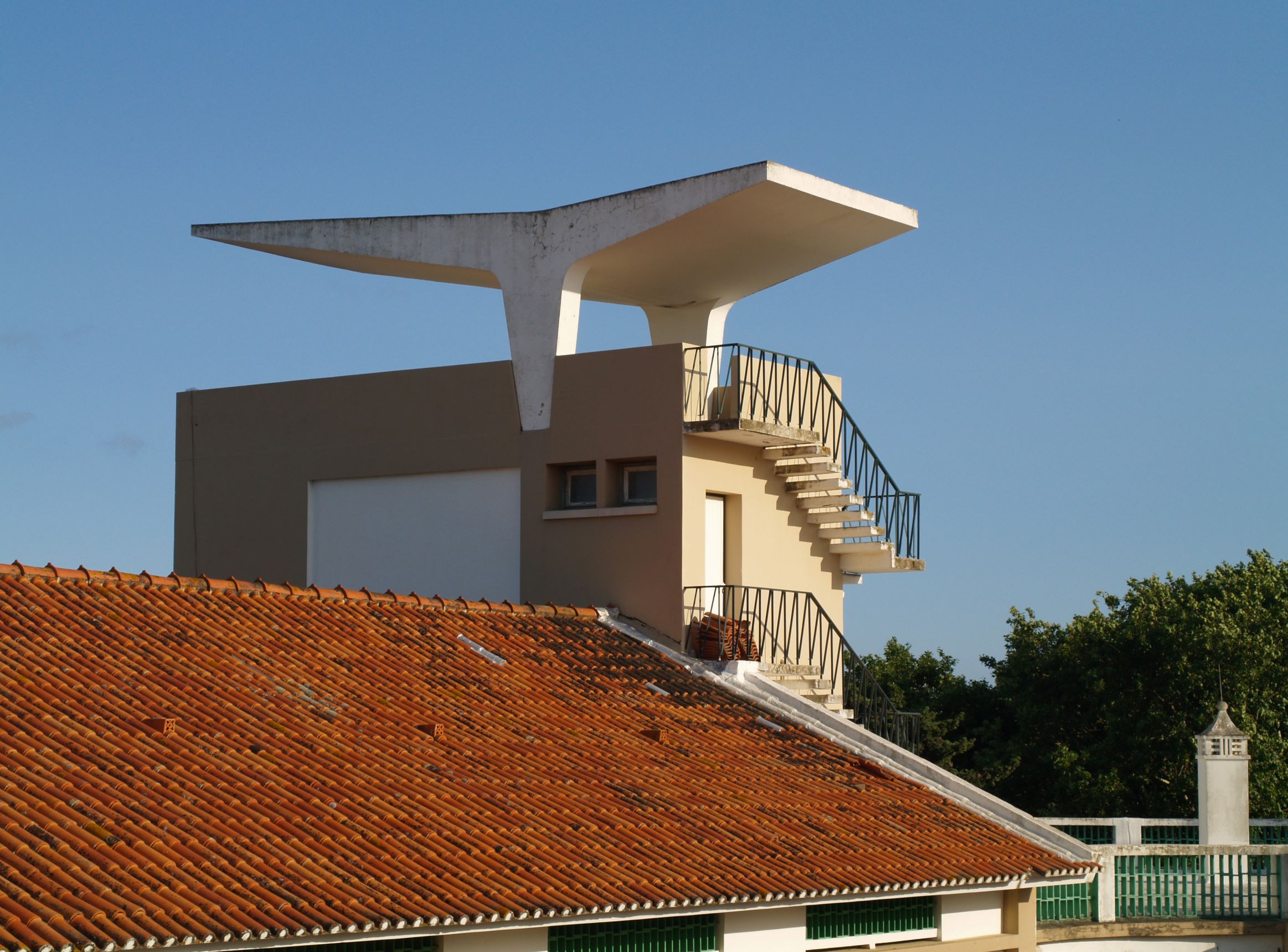
Looking at the Architecture of Need: Reappropriating Community Facilities in Portugal (1945-1985)
The Architecture of Need: Community Facilities in Portugal 1945-1985 is the title of a new transdisciplinary research project that looks at the commission, design and production processes of essential local community civic and farming facilities in south Portugal between the end of World War II and accession to the European Community. These buildings, mostly architect-designed, are part of our daily lives and testify to architecture’s attempts at social relevance, as material bonds between creators and users of the built environment.
However, they have been largely ignored by the dominant culture of architecture, with its metropolitan-focused, art-historical-slanted approach. In the present day, when dwindling natural and financial resources must be used rationally and communities large and small need to build up their resilience in a sustainable way, we need a novel, comprehensive understanding of these facilities, the agents, concepts, discourses and strategies behind them and their architectural definition. This is an academic project designed to retrieve the long-lost DNA of everyday public-use and farming facilities in Portugal in order both to advance the culture of built environment-related disciplines and to empower local communities to knowingly reuse, transform, repurpose, maintain or eliminate critical pieces of their architecture of proximity.
Building on career-long efforts by the core research team – including myself (the project’s PI, an architect and architectural historian), Dulce Freire (the co-PI, a historian), Joana Brites (an art and architectural historian) and João Paulo Martins (an architect, architectural and design historian) –, this project moves away from the architecture of auteurs and artistic canons to discuss agents, pragmatic responses and service, in contexts where basic needs are met by works seen as mundane, the product of purportedly unremarkable processes. It investigates how unsung architecture, relevant for laypeople and architects in the past, might be so again in the future, by looking at where it was most directly called to address need: in essential civic and farming facilities erected in non-metropolitan areas of Portugal, specifically in the southern regions of Alentejo and Algarve. These facilities include buildings for health care, general public services, social support, public safety, education, culture and leisure; and farming structures such as granaries, co-ops, wineries, mills and slaughterhouses. Most were local initiatives by public and private bodies, with state support (technical and financial) via Public Works departments; many drew on philanthropic aid, notably from the Gulbenkian Foundation’s statutory endowments.
Granaries for the Federação Nacional dos Produtores de Trigo (wheat producers federation) in Évora, Portugal. Unknown designer, project 1969, built 1971 (Maurílio 2020, https://doi.org/10.4000/books.cidehus.13907).
Source: Ricardo Costa Agarez, 2020
The enquiry focuses on a four-decade period from around 1945, when the Estado Novo regime strengthened earlier policies to capitalise on local initiative that transformed the infrastructure of mid- and small-size communities; through socio-political changes after the 1974 revolution; to the late 1980s, when the country’s efforts to join the European Community (1986) and devolve powers to municipalities changed the equation behind metropolitan, regional and local initiatives.
We want to place these buildings and ensembles both in scholarly discussions of the built environment and (back) on the radar of local initiatives. Today, there is an alarming divergence between the high-reputation works of architecture and mass-produced buildings, which is deepened by the obsession architects and historians have developed for the discipline’s masterworks in Portugal while ignoring the so-called middle ground – the mundane, pragmatic built output where most of us live, work, learn and convalesce in. This keeps architecture culture from engaging with the objects that are closest to people and widens the distance between architects’ self-assuring exclusive knowledge and the concerns and needs of communities served, who in turn increasingly feel architecture is not for them. It often becomes a status symbol, occasionally deployed by politicians in elaborate design stunts (performing arts centre, museum), rather than a social service to be enjoyed in their local post office, childcare centre or farm co-op.
Casa do Povo (rural community centre) in Moncarapacho (Olhão), Portugal.
Detail of the tower. Designed by Eng. Fernando Leitão Nogueira, project 1957, built 1967.
Source: Ricardo Costa Agarez, 2007
And yet, these were instances of how architecture bridged that gap in the past and made itself available to communities: objects that both parties must consider, more and more, as they strengthen their relevance (architecture) and resilience (communities) in today’s world. If this was so in urban settings, it was possibly even more so in rural contexts. Need was a persistent trope in rural Portugal throughout the twentieth century, be it in what regards housing needs in contexts of extreme deprivation; community civic facilities (social, educational) in often remote, hyper-peripheral locations; and the structures that enable and advance farming and agricultural production, storage, transformation and commercialisation. Among the project’s driving lines of enquiry, line 1 – Negotiating Need – will analyse these rural structures with a specific focus on questions such as: Who were the subjects of need here? Who spoke for them and how, in dictatorship and democracy? Who decided on priority, on what grounds and conditions? How did programmes and responses follow local specificities?
The Architecture of Need will examine local community civic and farming facilities, their material and cultural significance, not individually but rather as pieces in large networks that were often countrywide, an equation where architecture was one of many relevant factors. The prospect of reusing these structures, in turn, can be seen both individually – as key elements in any given community’s life – and in the broader picture of the so-called rural world, with its shared set of pressing concerns and problems ranging from depopulation to lack of proximity services to the distorting effects of tourism.
As urban and rural communities seek to improve their condition in the twenty-first century, reuse is the key word – and to this end, they need high-quality information and solid, sensible scientific thinking. The Architecture of Need is here for them.
Ricardo Costa Agarez trained as an architect and architectural historian and specialized in the history and theory of nineteenth- and twentieth-century cities and buildings, national and regional identities, phenomena of knowledge dissemination and circulation of forms, ideas and techniques, housing and public architecture and the architectural culture in bureaucracy. He is the author of “Algarve Building: Modernism, Regionalism and Architecture in the South of Portugal, 1925–1965” (Routledge 2016), among many other publications.



0 Comments